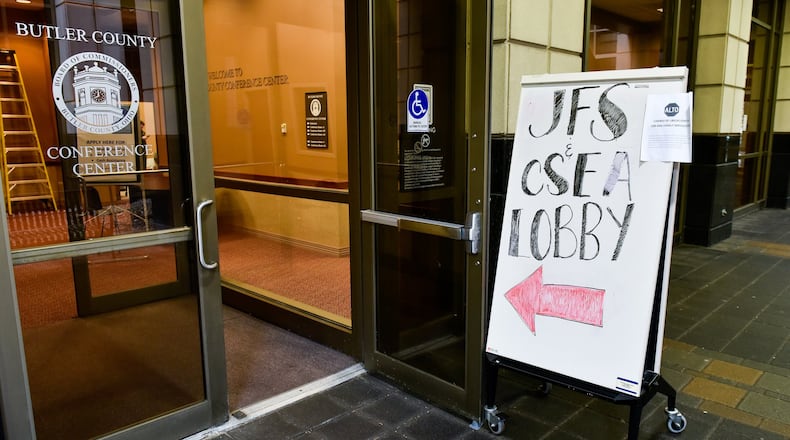JFS Executive Director Bill Morrison said the high dollar amounts for this year are due to extra relief the federal government provided.
“There’s a whole lot of people, and these are particularly more elderly people that may be dependent on Social Security or some kind of fixed income, that qualify for a small amount of food stamps every month, maybe as little as $16," Morrison said. “During the pandemic if you qualified at all you got the max allocation so that person went from $16 to $194.”
Morrison said the federal government also provided $58 million in Pandemic Electronic Benefit Transfer money as part of the CARES Act, for all families with school age children who were not getting school lunches. The money was automatically loaded onto food stamp cards for about 500,000 families nationwide.
During the pandemic most JFS workers have been working remotely and Morrison said they have been able to handle the influx of applications well, partially due to the fact some rules were relaxed by the state. One example was the workers just had to make a phone to landlords instead of having to get a paper copy of rent verification.
“Our timeliness and accuracy is the best it’s ever been,” Morrison said. “I think remote working has worked much better than anybody could have expected.”
Food stamp assistance is a federal program overseen by states and administered by counties.
Assistant Director Shannon Glendon said now that rule relaxation is going away and lock-downs aren’t mandatory they are getting busier. She said traffic is picking up in the temporary lobby they set up in a conference room on the first floor of the Government Services Center.
Statistics from the Ohio Department of Job and Family services showed in May this year there were 19,210 households on food stamps, 22,263 adults and 20,377 children. Last year in May there were 15,040 households, 17,136 adults and 15,697 children.
JFS is still handling a heavy workload, 40,401 people in September. Glendon said they have a plan.
“In the pandemic, when the crisis started to unfold we had seen a decrease in people accessing in-person services,” Glendon said. “As we see that traffic increase we are looking at ways where we can help people to use more of our self-service options.”
About the Author

